
The beating heart of Africa


There is a place in the heart of Africa where glacier-tipped mountains tumble down into steamy rain forests, where fiery lava lakes bubble, and savannas and grasslands stretch as far as the eye can see. It is an extraordinary park steeped in a history of tragedy and heroism: primordial and viscerally wild. A land of unparalleled biodiversity and exceptional beauty, bursting with life of every form. It is Virunga National Park in DRC, and it is remarkable.

Virunga National Park
The oldest national park in Africa, Virunga National Park covers nearly 8,000km2 (800,000 hectares) – an area roughly three times the size of Luxembourg. It conserves a diversity of habitats that surpasses any other park on the continent and is tucked along the eastern boundary of the Democratic Republic of Congo, protecting the eastward extremity of the Congo Basin. Virunga is part of the Albertine Rift (the western branch of the East African Rift) and stretches from the snow-covered peaks of the Rwenzori Mountains in the north to the Virunga Massif in the south.
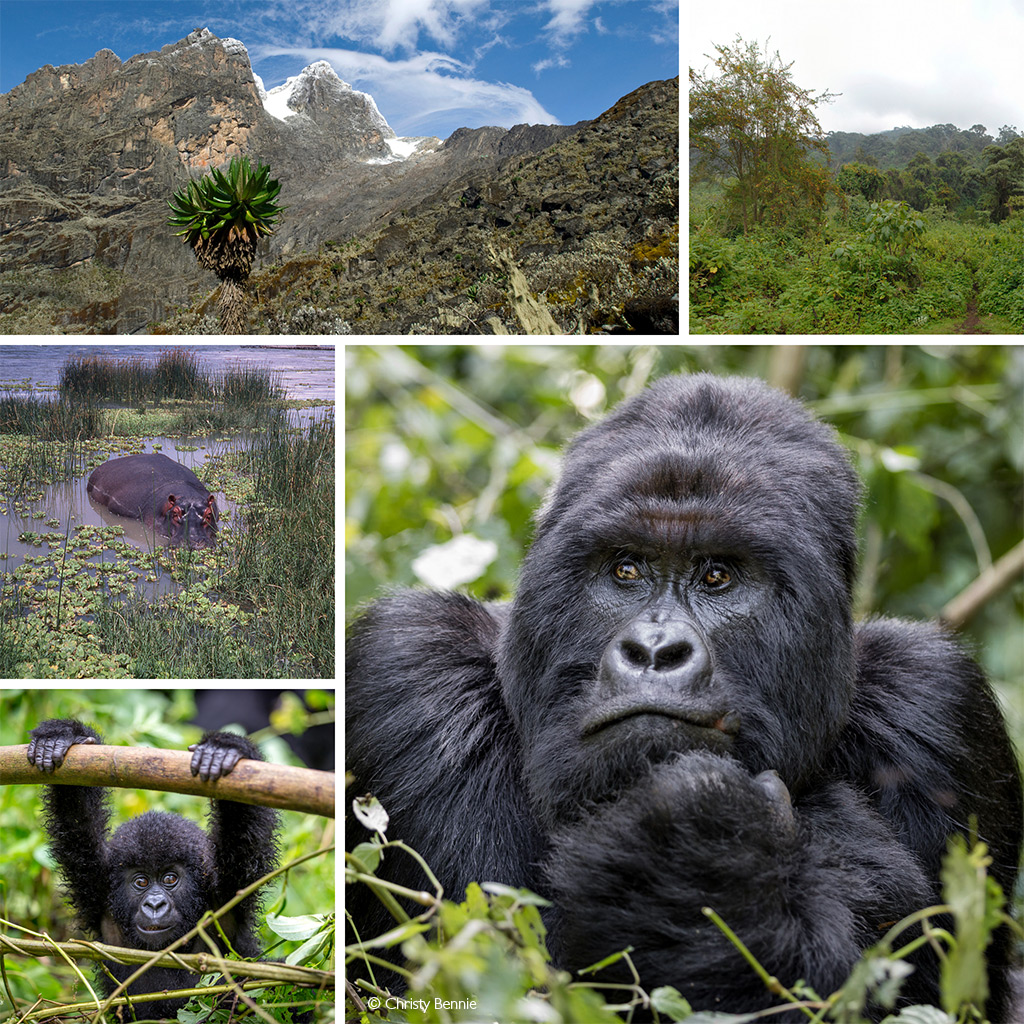
The 300km-long park is divided into three primary sectors: northern, central, and southern, which together combine to protect an astonishing array of landscapes from alpine vegetation and montane forests to lava plains and wetlands. The most visited section is the southern sector, dominated by dense montane forests home to a vital population of Africa’s remaining mountain gorillas. While many of the gorillas sensibly prefer to reside on the slopes of the dormant Mikeno volcano, the southern section is also the location of the two active volcanoes in the park – Mount Nyiragongo and Nyamuragira. Here, Virunga reaches Lake Kivu and borders Volcanoes National Park in Rwanda and Mgahinga National Park in Uganda. Together, these three protected areas form the core of the Greater Virunga Ecosystem.
The central sector is centred around the banks of Lake Edward. It includes the Rwindi plains and the Ishasha River valley, and is contiguous with Uganda’s Queen Elizabeth National Park to the east. This savannah-like section offers the best chance to spot the more “traditional” safari animals, including elephant, lion, and buffalo. The northern sector is characterised by the dramatic Rwenzori Mountains, with sharp peaks and plunging valleys that descend to the Semuliki River valley. This picturesque part of the park adjoins the Rwenzori Mountains and Semuliki National Parks in neighbouring Uganda.

The magic of Virunga
Virunga is a UNESCO World Heritage Site due to its spectacular biodiversity, with over 2,000 plant species, 706 bird species, and nearly 200 reptile and amphibian species. The park is also home to a diverse array of fauna and flora, including over 200 mammal species and a third of the world’s remaining mountain gorillas. Even the air is redolent with the scent of rich soil, and intrepid visitors find themselves besieged by butterflies and ebrious with delight at the natural life on show. Throw in nocturnal displays of volcanic ambivalence, and the Virunga experience is far beyond the average escape from the humdrum of city life – it is an exhilarating embrace of everything that makes Africa truly wild.
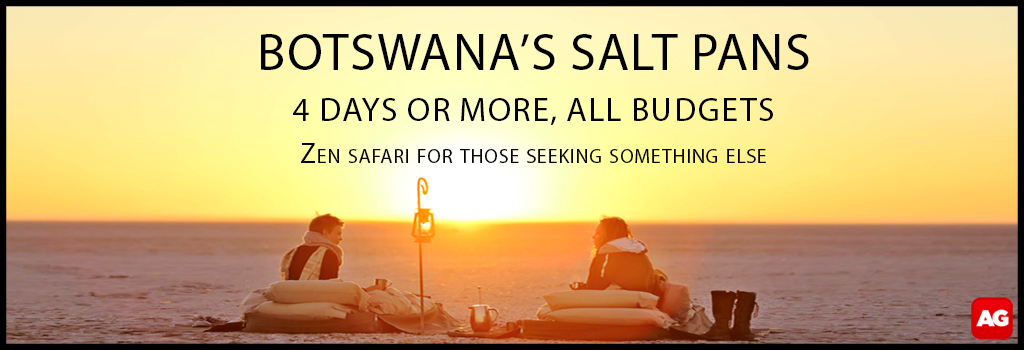
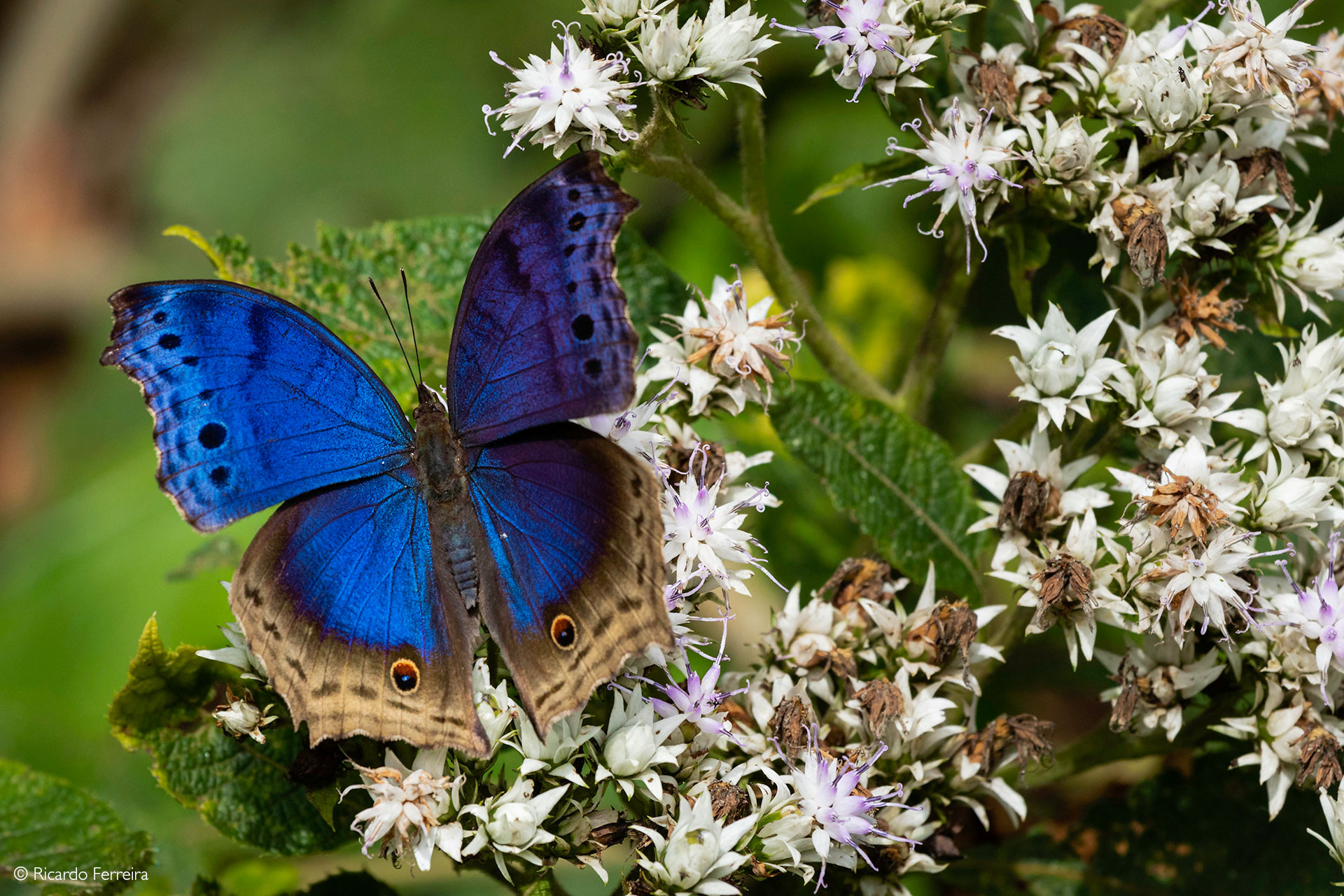
Gorillas on the mountain
Virunga owes its existence, at least in part, to the presence of the endangered (once critically endangered) mountain gorillas. Today, they are probably the park’s most famous residents. Mountain gorillas (Gorilla beringei beringei) are a subspecies of the critically endangered eastern gorilla, and there are believed to be just over 1,000 remaining. Approximately one-third of the world’s population is found in Virunga National Park (the remainder is divided between Volcanoes, Mgahinga and Bwindi Impenetrable national parks in neighbouring Rwanda and Uganda). Described by the Virunga park authorities as the Congo’s “real treasure” (rather than oil or metals), there are believed to be over 300 of these precious primates within the park. Of these, nine gorilla families have been carefully habituated over the last thirty years. Every family comes with its dynamics, characters and stories, and the rangers have kept track of it all – you can read more about their histories and present breakdown here.

Every morning, rangers set out at the crack of dawn to track down and monitor their charges, and by the time guests have stirred and downed their first coffee, many families have already been located. After stringent health protocols (to avoid passing human pathogens to the immunologically naïve gorillas) and a trek through thick vegetation, small groups of visitors are afforded the life-changing opportunity to spend an hour in the company of these gentle giants. As anyone who has ever spent time with gorillas will tell you, it is an experience that defies words and borders on sacred. There is something about the familiarity of their facial expressions, their familial bonds and the calm, contained power that makes gorilla trekking unlike any conventional animal encounter.
The connection between man and gorilla can be further explored at the Senkwekwe Centre, the only mountain gorilla orphanage in the world. Here dedicated keepers have raised the young survivors of anthropogenic cruelty (poaching and snaring), as well as rehabilitating eastern lowland gorillas. The orphanage is named for a silverback killed in a devastating poaching incident in 2007 that claimed the lives of seven members of the Rugendo family. It is headed by André Bauma, a man who has become almost as famous as his gorilla charges. Bauma’s love for his primate “family” endeared him to the audiences of the Oscar-nominated film, Virunga. He even attended the Oscars ceremony in Los Angeles.
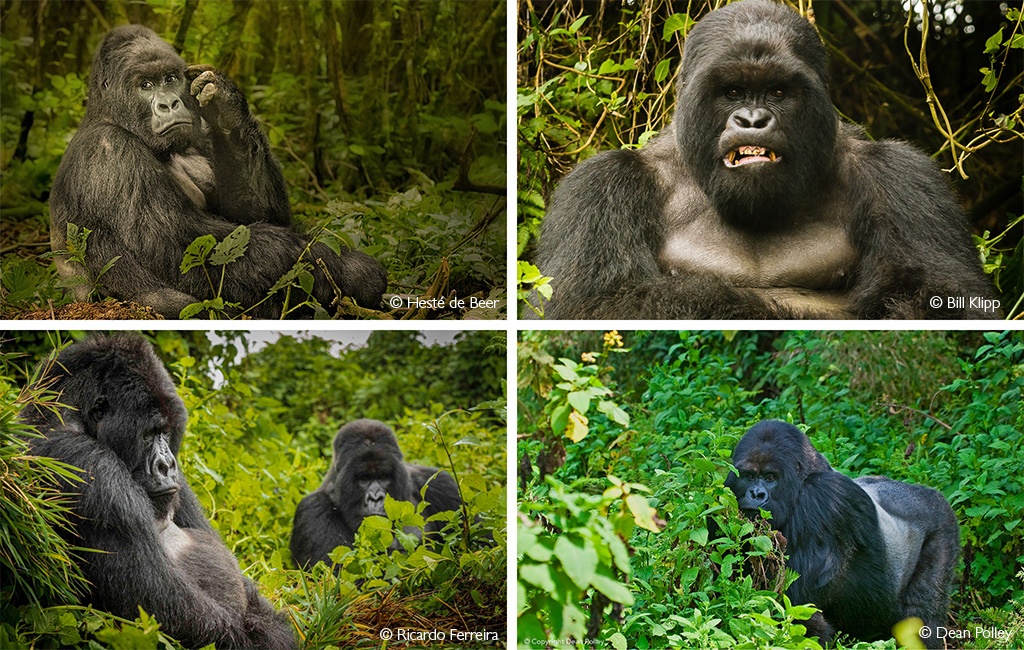
The mammals of Virunga
Mountain gorillas aside, Virunga’s great ape collection also includes eastern lowland gorillas (Grauer’s gorillas – Gorilla beringei graueri) and chimpanzees. Park officials are in the process of habituating the chimpanzees, and accompanying the habituation teams is another of the activities on offer in the park. In contrast to the relatively sedate gorilla trekking, chimp habituation more often than not involves an adrenaline-filled race through the forest to keep up with our arboreal relatives. The Grauer’s gorillas consist of a handful of individuals isolated to the inaccessible Mount Tshiabirimu region of the park.
While the apes may be the stars, the supporting cast of around 19 smaller primate species is deserving of a special mention. Chattering troops of flamboyant eastern black-and-white colobus monkeys frequent the lodges while the booming calls of De Brazza’s monkeys echo through the valleys.
There are four recognised subspecies of the African buffalo in Africa and two of these – the Cape and forest – are found in Virunga. Some biologists even believe that a fifth subspecies, called the mountain or Virunga buffalo, should be recognised. In addition to buffalo, the plains support several ungulates, including topi, Ugandan kob, waterbuck, warthog, and red river and giant forest hog. These, in turn, keep the lions of the park suitably satiated. Together with Queen Elizabeth National Park, Virunga is considered by the IUCN to be a “Lion Conservation Unit”. It is also a vital elephant habitat, as evidenced by the unexpected migration of nearly 600 elephants from neighbouring Queen Elizabeth at the end of 2020. Massive pods of hippo lurk around the shallows of Lake Edward and wallow in the various rivers, and bongo antelope have been spotted in the park’s northern reaches.
The park is a crucial habitat for giant and tree pangolin, crested porcupine and even Lord Derby’s scaly-tailed squirrel (a rodent with a very similar design to flying squirrels). However, another creature is arguably Virunga’s (and Africa’s) most peculiar offering. The okapi is the closest known relative to the giraffe and looks very much as though someone crossed a zebra, antelope, and giraffe. Okapis are endangered, and there are probably only a few thousand remaining. While sightings of these animal oddities in Virunga are few and far between, they were spotted in the northern sector before the arrival of the militia.
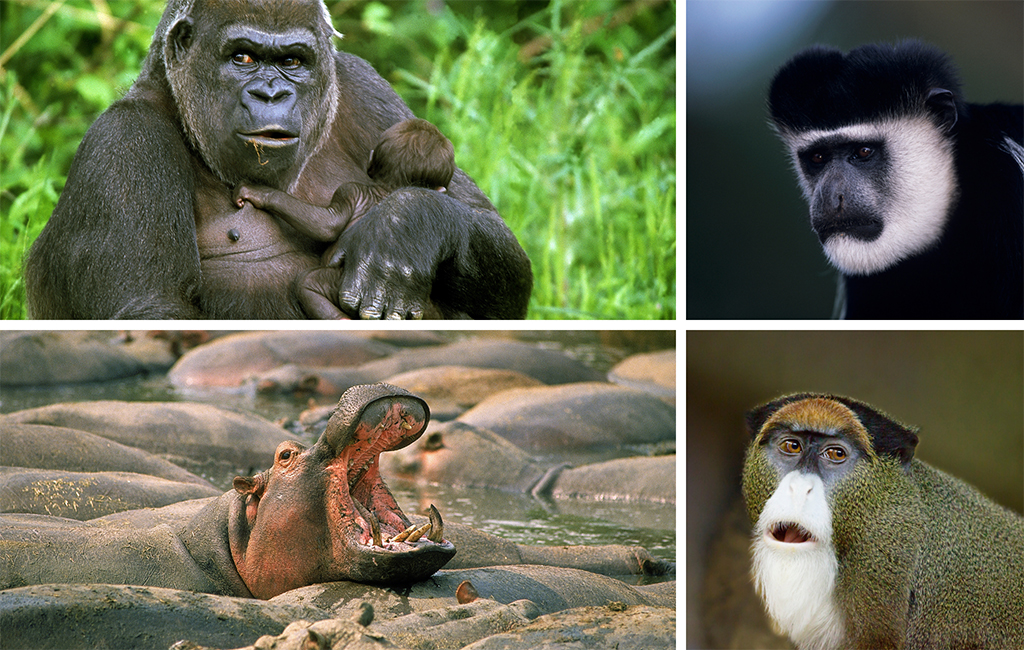
The birds of Virunga
As might be expected in a park that encompasses such a large variety of habitats, the birding can be described as extraordinary. However, extraordinary doesn’t even begin to cover it. With a checklist of 706 different species, there are more birds in Virunga than in the entire United States of America. Furthermore, a substantial number of these are Albertine Rift and Congolese endemics. Notable species include the prehistoric-looking shoebills, dashing Rwenzori turacos, mind-blowingly cryptic African green broadbills, and bizarre red-collared mountain babblers whose closest relative forages the slopes of Mt Jupe in Cameroon. There are melodic Kivu ground thrushes, mythical Grauer’s cuckooshrikes and yellow-crested helmetshrikes, mysterious Albertine owlets and ghostly Congo Bay owls, dazzling purple-breasted and Rockefeller sunbirds, raucous white-headed woodhoopoes, dainty Rwenzori batises, data deficient and endangered Itombwe nightjars, Prigogine’s greenbuls, Kungwe apalises, Grauer’s swamp warbler and golden-naped weavers. And last, but not least, the heart-stopping, utterly gorgeous and mysterious Shelley’s Crimsonwing, which has never been photographed other than when netted during biodiversity surveys.
Virunga means volcano
The name “Virunga” comes from the Kinyarwanda word “ibirunga”, which means “volcanoes”. The Virunga Mountains that mark the southern sector of the park consist of eight major volcanoes, most of which are dormant. The two active volcanoes in the range – Mount Nyiragongo and Mount Nyamuragira – are in Virunga National Park, and both reach heights of over 3,000 metres. Visitors who brave the climb to the summit of Mt. Nyiragongo are rewarded with a view of the world’s largest lava lake as it churns and bubbles. This sight is at its most impressive at night, so most opt to camp on the rim of the crater.
However, this is no idle volcano. Nyiragongo has erupted over thirty times since the end of the 19th century. The most recent eruption occurred in 2021 and had catastrophic consequences for the human residents of the city of Goma. Fortunately, stalwart sightseers can rest assured that the volcano’s moods are carefully monitored lest it decides to let loose its fury of molten lava.
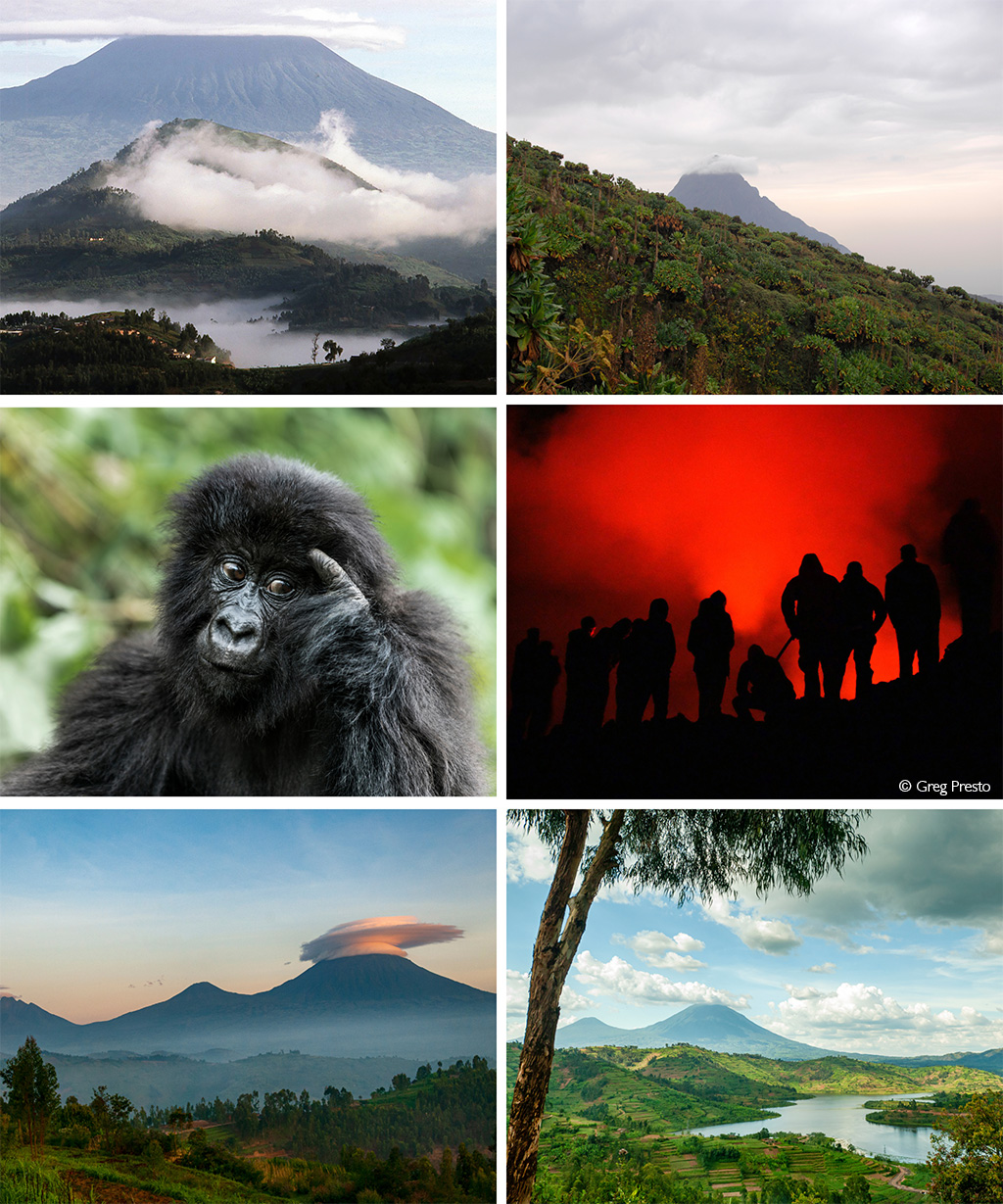
War and peace
Despite the global call for protected areas to cover 30% of the earth by 2030, there are still many parks and reserves where the future hangs very much in the balance. Virunga National Park is one such park, still tumbling in the currents of war, political instability, poverty, and disease. Though the full history of the park (and the DRC) is beyond the scope of this celebration of Virunga, no coverage would be complete without mention of both the challenges and efforts involved in keeping it safe.
For decades, the people of the DRC have struggled through war and instability that has killed millions of people. As is inevitable, this tableau of human suffering has spilt over into the conservation of the country’s natural resources, and Virunga has found itself in the middle of countless conflicts. Though valiant efforts were made to protect the park, the end of the 20th century saw much of the park’s wildlife massacred almost to the point of extinction. In 2007, the mass killing of the Rugendo family of gorillas catapulted the park’s plight onto the world stage, and the global attention spurned increased funding and conservation measures. The 2008 partnership between the Congolese National Parks Authority (ICCN) and the Virunga Foundation marked a turning point in the park’s history.
The past 14 years have been far from plain sailing, and the park has suffered its fair share of losses, particularly of the brave rangers dedicated to protecting the park. Oil exploration by an English company only added to threats facing the already beleaguered park. However, taking one taxing step at a time has paid off. The mountain gorillas have increased from fewer than 70 to over 300 in ten years and hippos from 300 to over 2,000, while elephant and lion sightings are now a fairly regular occurrence. Tourism facilities were developed and improved, and a trickle of intrepid visitors gradually turned into a steady stream of people looking to experience one of Africa’s most incredible destinations. (For more on the conservation and social developments by the Virunga Alliance, have a look at their website.)


Explore & Stay
Though there are innumerable reasons to want to visit Virunga National Park, the potential insecurity in the region is of concern to many prospective visitors. Naturally, the park authorities are aware of this, and they take the safety of their guests extremely seriously. The park is periodically closed when they feel that the situation on the ground is such that security cannot be guaranteed. This may also be done to protect the highly susceptible apes from human diseases like Covid-19. The best way to establish the state of affairs and what activities are on offer is to chat to the Africa Geographic travel team, who are in constant communication with Virunga’s park authorities and regularly send intrepid travelers to the area when it is safe to do so.
There are a couple of different lodges scattered throughout the park, and the choice of activity (gorilla treks, Lava treks up Nyiragongo, game drives and so on) will determine the best place to stay. Most visitors opt to rotate through the different options. Ultra-luxury is not the order of the day in Virunga, but there are high-end accommodation options, and all the camps are comfortable. Each offers a different view of the lush vegetation and exquisite vistas. Tourism remains a cornerstone of the park’s conservation efforts, and to that end, all of the lodges within the park are non-profit, with all proceeds fed back into keeping the park protected.
Though Virunga is accessible year-round (if open to visitors), the best time to visit is during the drier months, from June until September or December until February. However, wet seasons are a good option for those with a pair of solid, waterproof boots looking to take advantage of the low-season discounts. Most visitors access the park via Rwanda and pass through the border at Goma.
Valiant Virunga
Virunga is a biodiversity spectacle but is also a testament to the courage of those that have fought and often given their lives in its defence. In this near-forgotten corner of Africa, adventurers, soul-seekers, and naturalists will find an electrifying celebration of life at its most raw – a kaleidoscope of nature’s wonders and a living history of human and wild resilience.
Want to go on a safari to Virunga? To find lodges, search for our ready-made packages or get in touch with our travel team, scroll down to after this story.
Resources
Learn more about mountain gorillas in our story on these gentle giants.
Learn more about Dodo Bahati, a project supporting anti-poaching efforts in Virunga National Park.
Learn more about the Okapi Conservation Project, a project working to protect these unique mammals in the DRC, as well as the forests and creatures of Okapi Wildlife Reserve.
To comment on this story: Login (or sign up) to our app here - it's a troll-free safe place 🙂.![]()






